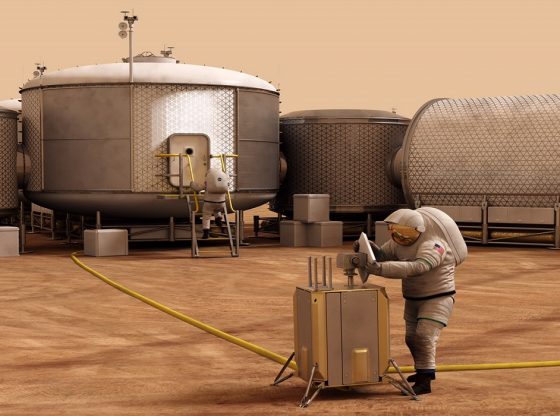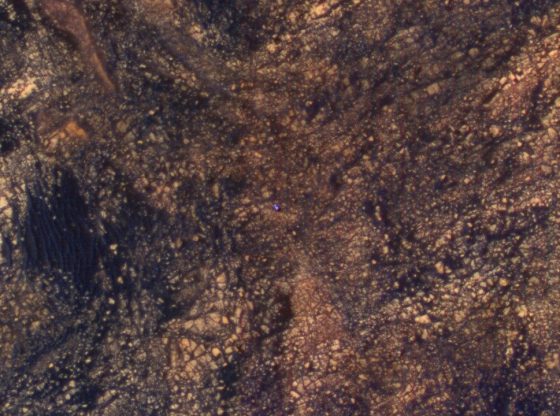
After landing on the planet just a few weeks ago, NASA’s InSight lander has spent its days observing its new living space and sending back photos of the ground surrounding it. But has now deployed a science instrument onto the surface on Mars.
On December 19th, the stationary lander used its robotic arm to deploy the SEIS (Seismic Experiment for Interior Structure), marking the first time a seismometer has been placed on the surface of another planet. This is a milestone for the mission and one that comes well ahead of schedule.
The @NASAInSight lander placed its seismometer on Mars on Dec. 19, marking the first time a science instrument has ever been placed onto the surface of another planet. The lander is set to study the interior of Mars and listen for marsquakes. Details: https://t.co/4DL2EzfjZb pic.twitter.com/TVNXWf5Ef9
— NASA (@NASA) 20 december 2018
There were many factors at work in determining the timetable between landing and instrument deployment, and although extensive planning invested by NASA, the agency admits that it got mighty lucky with InSight’s landing site. With one major concern that rocks or uneven ground would hamper instrument placement, requiring extensive planning before the sensors could be placed on the planet.

The French dome-shaped seismometer is a little over 5 feet (1.6 meters) in front of the stationary lander, about as far as the arm can reach. Next month, InSight’s arm will put a wind cover over the seismometer and set down another experiment. The heat probe, dubbed the mole, will burrow up to 16 feet (5 meters) into Mars to measure internal temperatures.











![OpenAI. (2025). ChatGPT [Large language model]. https://chatgpt.com](https://www.illustratedcuriosity.com/files/media/55136/b1b0b614-5b72-486c-901d-ff244549d67a-350x260.webp)
![OpenAI. (2025). ChatGPT [Large language model]. https://chatgpt.com](https://www.illustratedcuriosity.com/files/media/55124/79bc18fa-f616-4951-856f-cc724ad5d497-350x260.webp)
![OpenAI. (2025). ChatGPT [Large language model]. https://chatgpt.com](https://www.illustratedcuriosity.com/files/media/55099/2638a982-b4de-4913-8a1c-1479df352bf3-350x260.webp)








